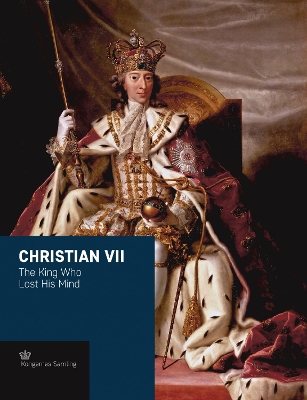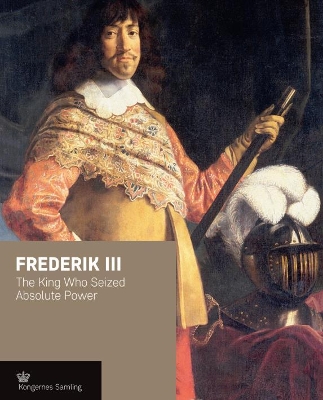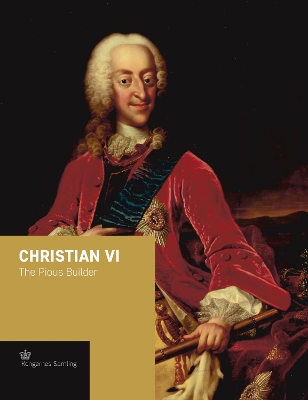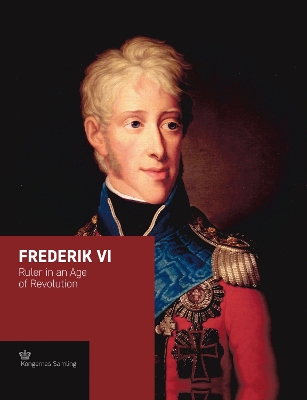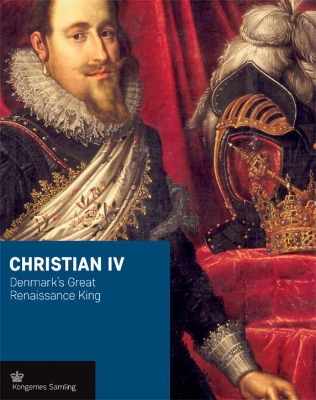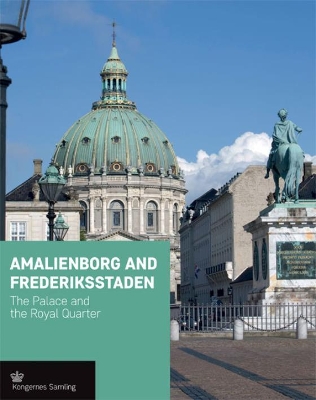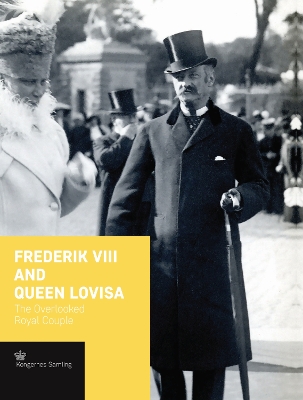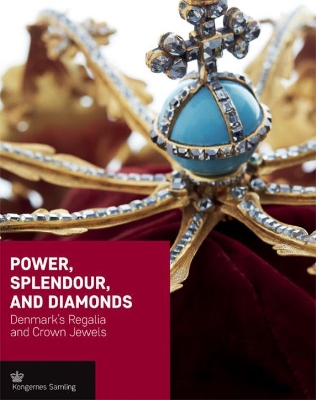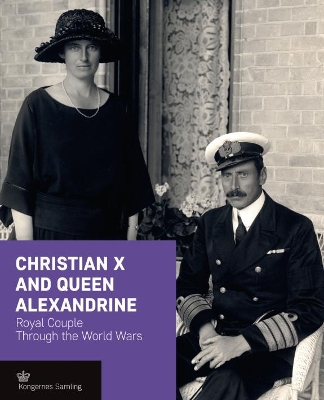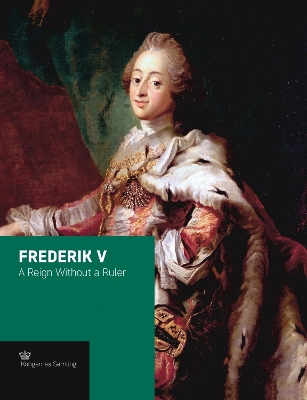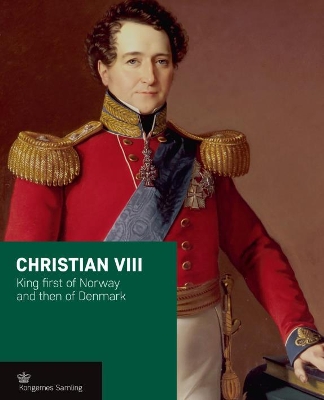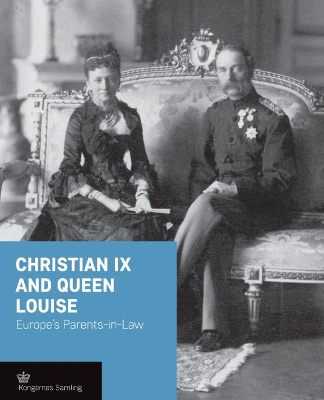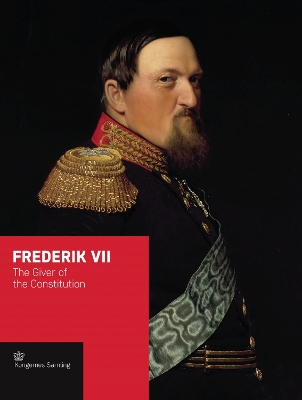Crown
16 total works
Frederik Ix and Queen Ingrid
by Jens Gunni Busck and Christopher Sand-Iversen
Amalienborg and Frederiksstaden
by Jens Gunni Busck and Joan F. Davidson
Amalienborg's palace square constitutes the central square of the monumental quarter of Frederiksstaden, which Frederik V had built starting in about 1750. The four palaces of the nobility that make up the palace complex were built simultaneously, but were taken over by the royal family after Christiansborg Palace burned down in 1794. Since 1920 Amalienborg has been the permanent residence of the Danish monarchy.
Frederik VIII and Queen Lovisa
by Birgitte Louise Peiter Rosenhegn and Peter Sean Woltemade
Power, Splendour, and Diamonds
by Peter Kristiansen and Peter Sean Woltemade
Christian X and Queen Alexandrine
by Jens Gunni Busck and Christopher Sand-Iversen
During the same period, the role of the monarchy was fundamentally changed; the Danish monarchy found its place in a modern parliamentary democracy, and following the advent of modern mass media the royal couple became a public presence.
This book is part of the Crown Series, a series of small books on the Danish monarchy and related subjects published in cooperation with the Royal Danish Collection.
Christian Ix and Queen Louise
by Jens Gunni Busck and Christopher Sand-Iversen
This book is part of the Crown Series, a series of small books on the Danish monarchy and related subjects published in cooperation with the Royal Danish Collection.
